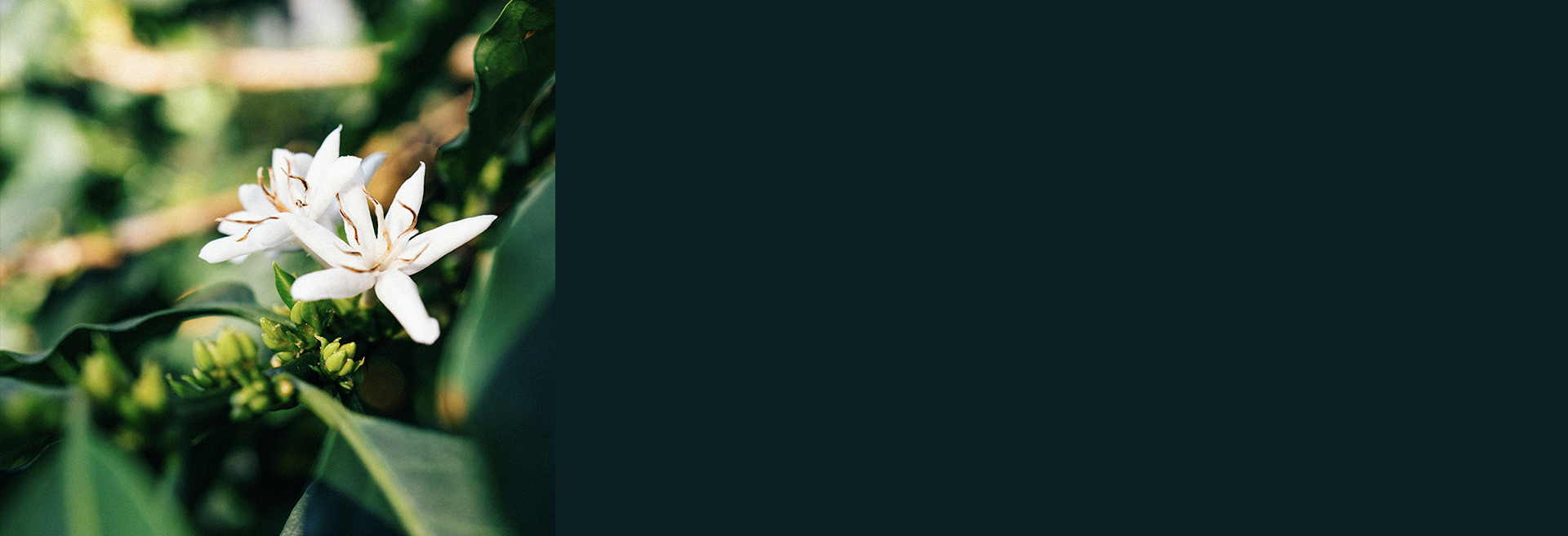Last Roasting Day: 24 December · Next Roasting: 7 January
Rwanda
Kirambo, Lot 435 - Rwanda
250g
*Terroir Best Lot*
QUALITY SCORE: 89.25
Cup Notes
Rose / Hibiscus / Blood Orange / Plum / Golden Raisin
Suggested for espresso and filter
when we roast
We freshly roast to order all coffees on Monday, Wednesday and Friday (excluding national holidays), and ship the same day! Cut-off time is 11:59pm (UTC+1) of the day before the roast day. *We only ship whole beans*
Details
- Quality Score
- 89.25
- Producer
- Several Small Farmers
- Country
- Rwanda
- Terroir
- Nyamasheke
- Altitude
- 1600 mt
- Process
- Classic Natural
- Arabica cultivar
- Red Bourbon
- Picked in
- June 2019
- Arrived in
- January 2020
- Shipped in
- Jute + GrainPro
- Roast profile by
- Rubens Gardelli
- Roasted on
- Customised solid-drum roaster
THE STORY BEHIND
Kirambo coffee washing station sits on a hill stretching to the shores of Lake Kivu. The station was constructed in 2008, for many years its operation was unstable because the owner did not have financing for working capital, and the station was rented out to different people every year. For all those years, farmers did not have a partner who would support them beyond buying coffee cherries.
RTC purchased Kirambo in 2017, and operated it for the first time in 2018 season. This year alone, all farmers are being registered to enroll in RTC's farmer impact programs and training for certification. The quality of the coffee and the openness of the coffee farmers at Kirambo have allowed RTC to produce fully washed and natural coffee with high cup scores at Kirambo.
Cherries are delivered to the Kirambo station, where they are floated and separated to remove any defective cherries. The coffee is then placed on the raised African beds at about 2 cm of thickness where it is dried for up to 30 days: when drying, it is turned each hour and covered during night time.
THE VARIETY
Bourbon is one of the most culturally and genetically important C. arabica varieties in the world, known for excellent quality in the cup at the highest altitudes.It is one of the two main cultivars from which new cultivars are bred, the other being Typica. Historical records indicate that Bourbon was taken from the coffee forests of Southwestern Ethiopia to Yemen, where it was cultivated as a crop; recent genetic studies have confirmed this.Bourbon was first produced in Réunion, which was known as Bourbon island before 1789. It was later taken by the French to mainland Africa and to Latin America.Bourbon grows best at heights between 1,100 and 2,000 meters above the sea level and produces a 20-30% higher yield than Typica. It has a commercially viable level of yield potential and growth habit, but is generally susceptible to disease and pests.
Red Bourbon and Orange Bourbon are types of Bourbon that have been selected from spontaneous mutation.
THE FERMENTATION PROCESS
Dry process seems simple: pick the fruit, lay it out in the sun until it turns from red to brown to near-back, and then hull off off the thick, dried outer layer in one step to reveal the green bean. It is a method suited to arid regions, where the sun and heat can dry the seed inside the intact fruit skin.
It's often referred to as "natural coffee" because of its simplicity, and because the fruit remains intact and undisturbed, a bit like drying grapes into raisins. Since it requires minimal investment, the dry process method is a default to create cheap commodity-grade coffee in areas that have the right climate capable of drying the fruit and seed.
But it’s a fail in humid or wet regions. If the drying isn't progressing fast enough, the fruit degrades, rots or molds.
Dry-processed coffees can also be wildly inconsistent. If you want a cleanly-fruited, sweet, intense cup, dry process (DP) takes more hand labor than the wet process. Even the most careful pickers will take green unripe or semi-ripe coffee off the branch as they pick red, ripe cherry. If these are not removed in the first days of drying, the green turns to brown that is hard to distinguish from the ripe fruit.



